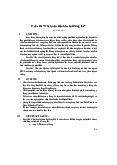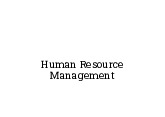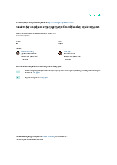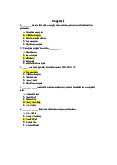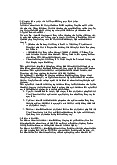



















Preview text:
CHAPTER 4 Selecting Employees •
The basis of testing and selecting employees • Types of tests • Interviewing Candidates •
Using other selection techniques Recruitment (reviewing) Recruitment:
The process of attracting individuals in sufficient numbers with the
right skil s and at appropriate times to apply for open positions within the organization. Internal Sources of Candidates Finding Internal Candidates Rehiring Posting open Succession job position former planning employees
• Succession planning:
• Developing workforce plans for the company’s top positions. • Process of systematically identifying, assessing, and developing
organizational leadership to enhance performance. Advantages Disadvantages
• Foreknowledge of candidates’ strengths
• Failed applicants become discontented and weaknesses
• Time wasted interviewing inside
• More accurate view of candidate’s skills
candidates who wil not be considered
• Candidates have a stronger commitment
• Inbreeding strengthens the tendency to to the company maintain the status quo • Increases employee morale
• Less training and orientation required External Sources of Candidates Recruiting via the Internet • Advantages
• Cost-effective way to publicize job openings
• More applicants attracted over a longer period
• Immediate applicant responses
• Online prescreening of applicants
• Links to other job search sites
• Automation of applicant tracking and evaluation • Disadvantages
• Exclusion of older and minority workers
• Unqualified applicants overload the system
• Personal information privacy concerns of applicants
Advertising for Outside Candidates • The Media Choice
– Selection of the best medium depends on the positions for which the firm is recruiting.
• Newspapers: local and specific labor markets
• Trade and professional journals: specialized employees • Radio and television Employment Agencies Government and Commercial agencies Non-profit agencies Types of employment agencies
Specialized Staf ng and Recruiting • Alternative Staffing
– In-house contingent (casual, seasonal, or temporary) workers employed by the
company, but on an explicit short-term basis.
– Contract technical employees supplied for long-term projects under contract from
outside technical services firms. •
On-Demand Recruiting Services (ODRS)
– Provide short-term specialized recruiting to
support specific projects without the expense
of retaining traditional search firms.
Executive Recruiters (headhunters)
Guidelines for choosing a Recruiter
1. Make sure the firm is capable of conducting a thorough search
2. Meet individual who will handle your assignment
3. Ask how much the search firm charges
4. Make sure the recruiter and you agree on what sort of person you need for the position
5. Never rely solely on the recruiter to do reference checking
